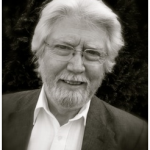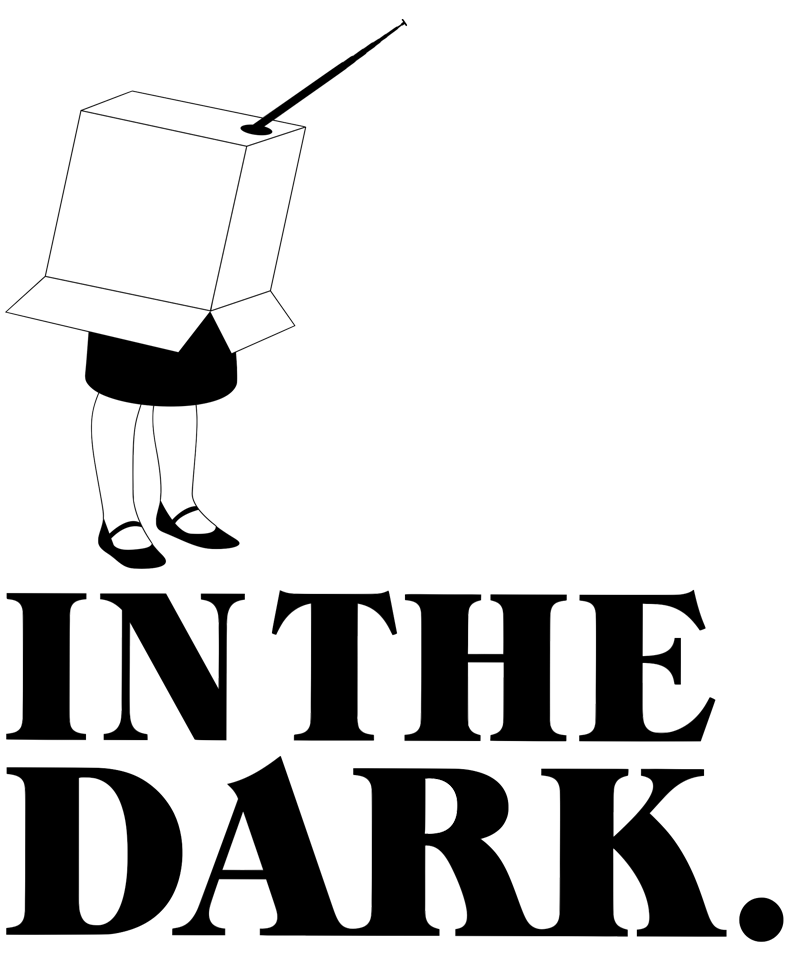
The human voice has annihilated space. It becomes endowed with the infinite range of light, for the concerts of last year are still spreading out and on beyond the range of the visible stars. Wireless waves, like light waves, travel at an incredible speed and have greater penetration. Thus, when we speak, it is not to the listener, or even to the world, but to the universe.
(Cecil Lewis, Broadcasting From Within, 1924)
Burrows, in his book, begins with several pages of musings on the image of the universe, speaking of ‘”looking through the windows of your soul,” across boundless space, to other worlds, each one of which, suspended by an invisible agency and spinning like a golden top, pursues in silent motion an endless well-defined course’. (Arthur Burrows, The Story of Broadcasting, 1924)
The transmitter itself, by virtue of its role, was an object of awe, the material world reaching into the sky. Almost always situated in high lonely places, visible for miles, and the only physical manifestation of the content it is projecting, it remains a symbol, a metaphor:- the tangible in touch with the intangible. The fact that radio waves travel through air, space and sky carries with it haunting fancies.
For many, the very fact of invisible signals travelling through the air was akin to the miraculous. Some went further, seeing no limit to the potential for communication. Just as the Dane Tree on Borough Hill, near Daventry, had stood where a transmitter was later placed, there are still places of deep superstition, where sound recordists have set up equipment, seeking to capture the essence of that place, separated from human intervention. Points in a landscape have their own characteristics, be it a bright acoustic, a timbre, a rhythmic sound, passing animal noises or birds, and occasionally something unidentifiable. Making any sound recording and then playing it back at a later date, away from the original location, can have a powerful effect on the imaginative memory, often much more so than a photograph or a film. There is sometimes too, an intangible feeling, difficult to explain or quantify, a feeling of being in a unique environment with its own peculiar atmosphere. We simplify it when we speak of achieving in our recordings ‘a sense of Place’.
For his CD Into the Dark, made in 1994, Chris Watson explored such places, identifying locations through local natural or social history research, reading maps or from stories, folklore, conversation and anecdote. As an extra guide he was aided by the researches of the writer Tom Lethbridge who identified the sources of several spirits within the topography of the area. Out of this came the cries of rooks in Embleton church yard, said to be the reincarnated voices of drowned sailors, the merciless wind of a snowclad Glen Cannich where Watson walked with his microphone ‘as if being part of some great instrument’, or on Gahlitzerstrom, Ummanz, on the Rügen Islands in Germany, where the beat of Cranes wings reminded him that in Greek mythology, Hermes was said to have conceived the Greek alphabet by watching the beating wings of Cranes as they passed by his line of sight.
The active engagement of the listener’s poetic imagination is transformative as well as collaborative in the process of sonic creation. If there are ghosts in the machine, they are our own creations, invoked by the clues the sounds offer us.
Extract from The Poetry of Radio, by Seán Street (Routledge). Reproduced by permission of Taylor and Francis Books. The Poetry of Radio publishes in February 2012 and is available from www.routledge.com.The book will also be published in electronic formats.
Back to Newsletter Contents Page >>

